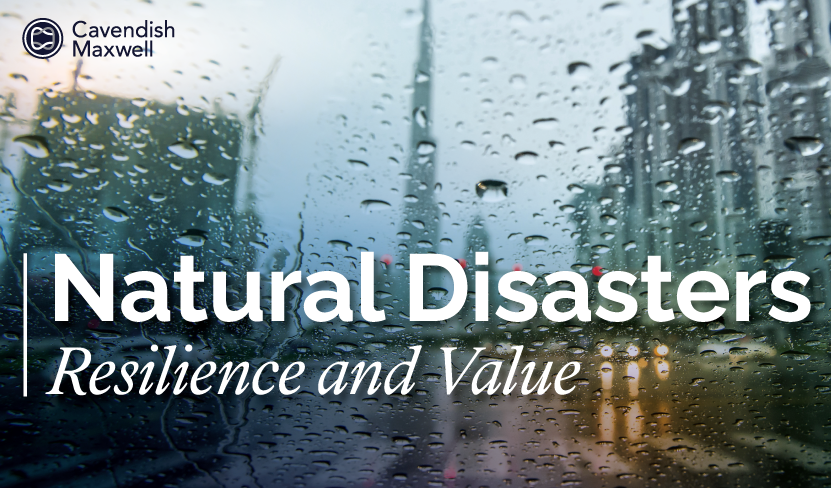How Natural Disasters Are Revolutionizing Property Values – PRWire

Weathering the Storm.
Explore how the escalation of natural disasters is transforming property values and driving the demand for resilient real estate. Dive into the economic impact, investment trends, and the future of property in the age of climate change.
In today’s real estate market, the looming shadow of natural disasters is not just about immediate damage and recovery; it’s increasingly about how these catastrophic events reshape property values and investment strategies for the long haul. As climate change intensifies, the frequency and severity of natural disasters like hurricanes, floods, and wildfires are climbing, prompting a seismic shift in the real estate sector. Now, resilience and sustainability are not just buzzwords—they are critical factors in property valuation.
The New Frontier in Real Estate: Resilience
Traditionally, property value assessments focused on location, amenities, and aesthetic appeal. However, in areas frequently hit by natural disasters, these criteria have expanded to include how well a property can withstand and recover from environmental catastrophes. Properties equipped with storm-resistant features, such as reinforced structures, flood defenses, and fire-resistant materials, are now seeing a marked increase in market value. Investors and homebuyers are increasingly favoring properties that promise safety and durability in the face of Mother Nature’s wrath.
Impact on Insurance and Investment
The rise in natural disasters has also transformed the insurance landscape. Property insurance rates in high-risk areas have skyrocketed, reflecting the increased liability that comes with climate change. This surge in premiums is influencing real estate prices and investor decisions, pushing the industry to innovate in disaster mitigation technologies and infrastructure.
Moreover, the heightened risk of natural disasters is driving a boom in climate resilience technologies. Real estate developers and investors are channeling funds into creating properties that can not only survive but thrive in disaster-prone areas. These innovations range from smart home systems that can automatically shut down utilities in the event of a disaster, to community designs that feature natural barriers against floods and enhanced drainage systems.
The Economic Ripple Effect
The focus on disaster resilience is not just about protecting property; it’s about economic sustainability. Cities and regions known for their proactive stance on building and sustaining resilient infrastructures are becoming more attractive to investors. This attractiveness is due to the reduced long-term risk associated with these areas. Consequently, these regions are witnessing a rise in property values, better insurance rates, and more robust economic growth.
Challenges and Controversies
However, the transition to a resilience-focused real estate market is not without its challenges. The cost of implementing advanced disaster-proofing measures can be prohibitively high, especially for existing structures. There is also the ongoing debate over who should bear the cost of these upgrades—homeowners, developers, or the government. This debate often intersects with broader discussions about inequality and access to safe housing, as low-income households might not afford these crucial upgrades.
Case Studies and Future Trends
Examples abound worldwide where investments in resilience have paid off. In Florida, for instance, homes that comply with the stringent Miami-Dade hurricane standards often sell at a premium and are snapped up quickly when they hit the market. Similarly, in California, properties equipped with state-of-the-art fire suppression systems and built with non-combustible materials hold their value better and recover more quickly post-disaster than those that do not have these features.
Looking forward, the real estate industry is likely to continue evolving with an increasing focus on sustainability and resilience. Future building codes and regulations will probably demand higher standards of disaster readiness, and a new niche in the property tech sector may emerge, dedicated entirely to enhancing resilience in residential and commercial properties.
As the planet warms and the weather grows more extreme, real estate isn’t just about location, location, location—it’s about adaptation, adaptation, adaptation. Those who heed this new reality are setting themselves up not just for survival, but for prosperity in an uncertain future.
For more detailed insights and data, access the full report here.





